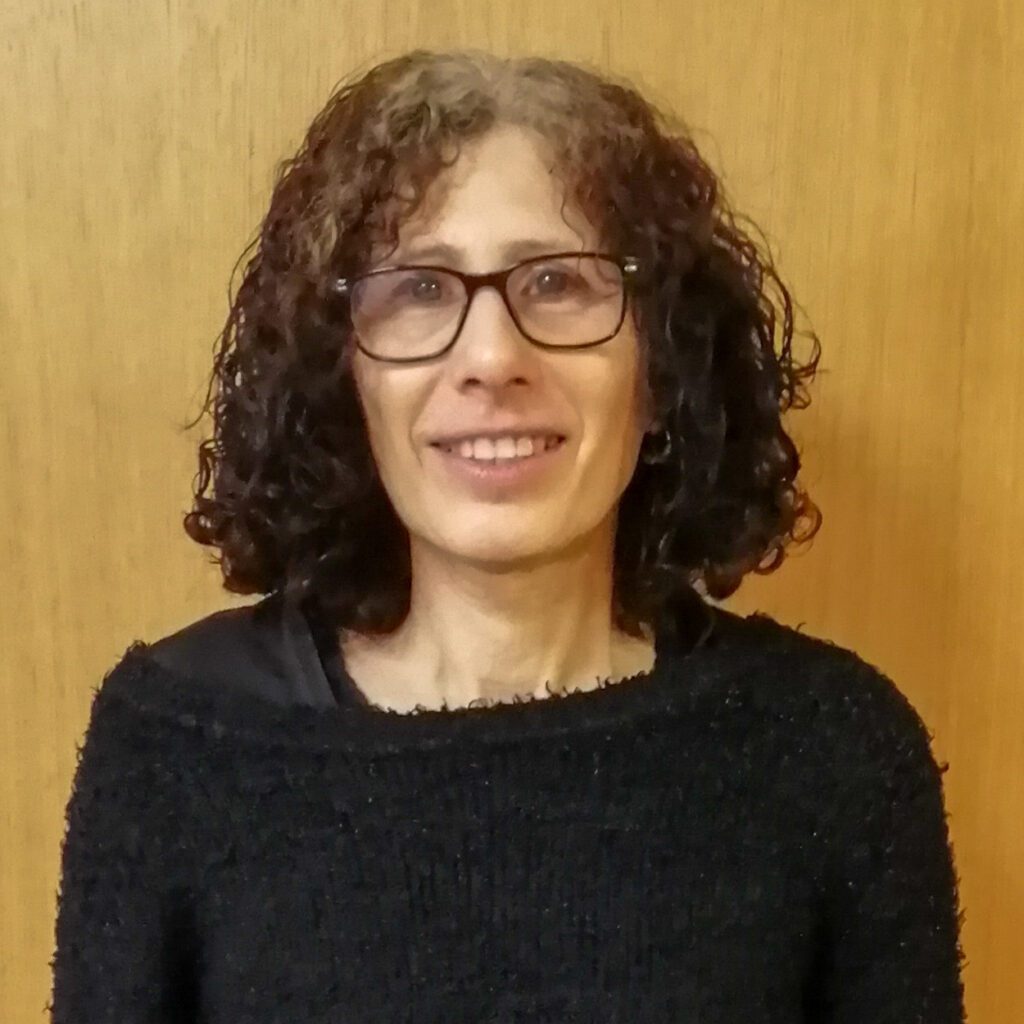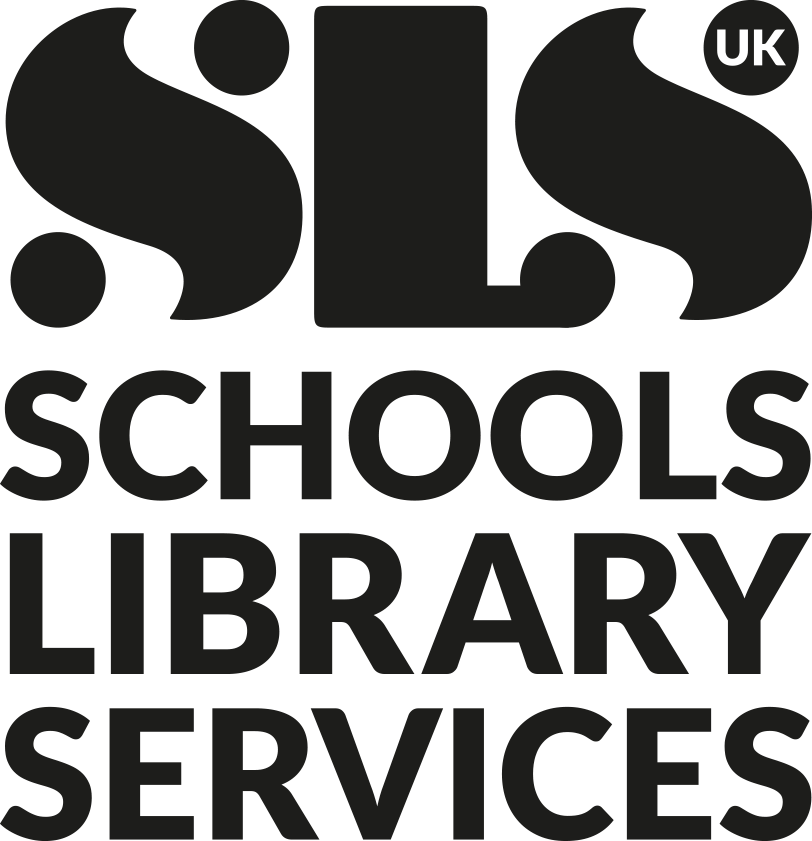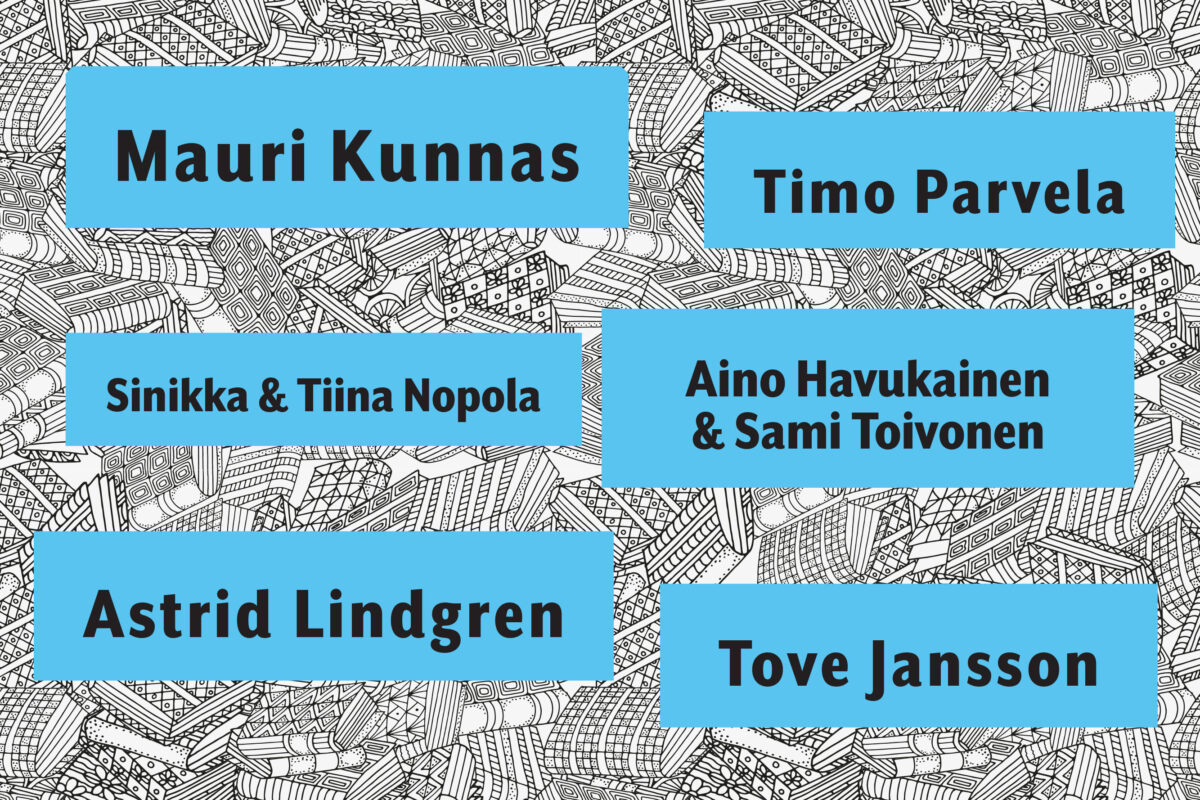Subject: Widening Teachers’ Reading Repertoires
Focus: Looking at a recent study of teachers’ reading repertoires and moving beyond popular childhood favourites.
Synopsis: To develop a love of reading in the young, teachers need rich repertoires of children’s literature and other texts. However, the significance of this subject knowledge is rarely given the attention it deserves in policy, practice, or training contexts.

Nina Simon
Redbridge SLS
Librarian’s view:
A teacher’s life is hectic – lessons to plan, paperwork to complete, marking to do, which doesn’t give much time for keeping up to date with the vast range of new, diverse fiction that’s published each year. However, how do you recommend books to children that reflects their lives, backgrounds and cultures if you rely on those good old childhood favourites and authors. A recent report underlines these concerns.
Children’s literature is widely used in schools, but do teachers have sufficient knowledge of relevant, diverse, and contemporary children’s texts to nurture recreational reading?
A recent study: Widening Teachers’ Reading Repertoires: Moving beyond a Popular Childhood Canon by Teresa Cremin, Sarah Jane Mukherjee, Juli-Anna Aerila, Merja Kauppinen, Mari Siipola and Johanna Lähteelä (16 February 2024) underlines these concerns:
Reflect on the following questions.
- Do you think your repertoire of children’s literature is wide enough to nurture all your students as readers?
- Thinking about the children’s books you have read or shared recently, how many were published in the last 5 years?
- To what extent do you offer tailored book recommendations to individuals, building on your knowledge of texts and of each child as a reader, while still enabling choice?
- What strategies do you employ to ensure children see you as a fellow reader and reading role model?
To develop a love of reading in the young, teachers need rich repertoires of children’s literature and other texts. However, the significance of this subject knowledge is rarely given the attention it deserves in policy, practice, or training contexts.
As part of the study, researchers from Finland and England designed online questionnaires with six shared questions for comparison. In England, 168 preservice teachers on a Postgraduate Certificate in Education for primary teaching participated. They were studying at three universities based in large cities, two in the South and one in the Southwest. Each university posted information and an invitation to take part on their online student forum at the start of the future teachers first year of study in autumn 2020. In Finland, 185 preservice teachers from five universities participated, they were studying to be primary teachers or early childhood educators in Central or Southwest Finland. The survey was completed during the autumn terms, 2020 and 2021. Participants received the online link through the Teacher Student Union of Finland or via lecturers who were researchers in the study.
The preservice teachers were invited to recommend six author-artists that children would enjoy. Participants were free to name authors, illustrators/picture fiction creators, and poets.
In both countries, the recommendations made, focussed on a limited number of author-artists and reflect a very narrow range in various ways including genre, nationality, gender, and the number of writers of colour.
England: Most frequently mentioned
| Author-artist | N (%) | Publication years |
| Roald Dahl | 81 (48) | 1961–1991 |
| David Walliams | 53 (31) | 2008 to present |
| Julia Donaldson | 50 (30) | 1976 to present |
| Jacqueline Wilson | 36 (21) | 1969 to present |
| Michael Morpurgo | 35 (21) | 1974 to present |
| J.K. Rowling | 24 (14) | 1997 to present |
| Michael Rosen | 23 (14) | 1979 to present |
| Dr. Seuss | 23 (14) | 1931–1982 |
| Enid Blyton | 14 (8) | 1922–1975 |
| Eric Carle | 14 (8) | 1967–1997 |
| Beatrix Potter | 13 (8) | 1901–1930 |
Finland: Most frequently mentioned
| Author-artist | N (%) | Publication years |
| Mauri Kunnas | 76 (49) | 1961–1991 |
| Sinikka & Tiina Nopola | 74 (48) | 2008 to present |
| J. K. Rowling | 70 (45) | 1997 to present |
| Timo Parvela | 69 (45) | 1969 to present |
| Tove Jansson | 49 (32) | 1974 to present |
| Havukainen & Toivonen | 43 (28) | 1997 to present |
| Astrid Lindgren | 23 (14) | 1979 to present |
| Paula Noronen | 23 (14) | 1931–1982 |
| Kirsi Kunnas | 16 (10) | 1922–1975 |
| Jeff Kinney | 12 (8) | 2007 to present |
| Roald Dahl | 11 (7) | 1961–1991 |
There is a complete absence of graphic novels in the most mentioned list and few author-artists who create visual narratives for older readers. Only two poets were mentioned (Michael Rosen in England). Few writers of colour or from other cultures were mentioned – Malorie Blackman and Onjali Rauf.
The findings show that future teachers from England and Finland are entering teaching with very limited knowledge of children’s authors-artists and draw on an extremely narrow range of well-known writers. While these writers do have a valuable role to play, there is a need for more of a focus on diversity. Children and young people need to access quality books that reflect their current lives, backgrounds, literacies and cultures. Without a well-read and highly discerning education profession, the potential of children’s texts to enhance children’s social and emotional understanding, broaden perspectives and help address educational inequities will remain untapped. The situation is exacerbated by the fact that there is a long way to go before children’s books positively represent all ethnicities and (dis)abilities, linguistic diversity, gender equality, and are LGBTQ-inclusive
Suggestions of where to start?
- Read reflectively outside your comfort zone.
- Seek out awards given to racially diverse authors.
- Work in partnership with librarians to widen your own and children’s reading repertoires.
- Invite children to set you a reading challenge.
- Share your home reading habits, enabling children to explore theirs too.
Conclusion
Young readers deserve Reading Teachers who recognize that their repertoires may be shaped by the popular canons of childhood and who work to widen these, encompassing both texts that are “old and gold” and those that are “new, diverse and bold to become informed reading role models who effectively deploy responsibility, rigor, and relevance: the three Rs of reading for pleasure.
Resources Highlighted:
| Read the full report https://ila.onlinelibrary.wiley.com/doi/10.1002/trtr.2294 Other Suggested Resources https://ourfp.org/finding/teachers-knowledge-of-childrens-literature-and-other-texts/ (Ideas to develop knowledge of texts). https://teachersreadingchallenge.org.uk/ https://ila-onlinelibrary-wiley-com.libezproxy.open.ac.uk/doi/pdfdirect/10.1002/trtr.1954 (The Reading Teacher; article on text selection). https://www.youtube.com/watch?v=GBFYHAB_xl0&t=113s (Interview with a Reading Teacher). |

